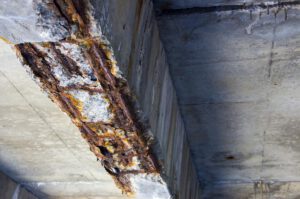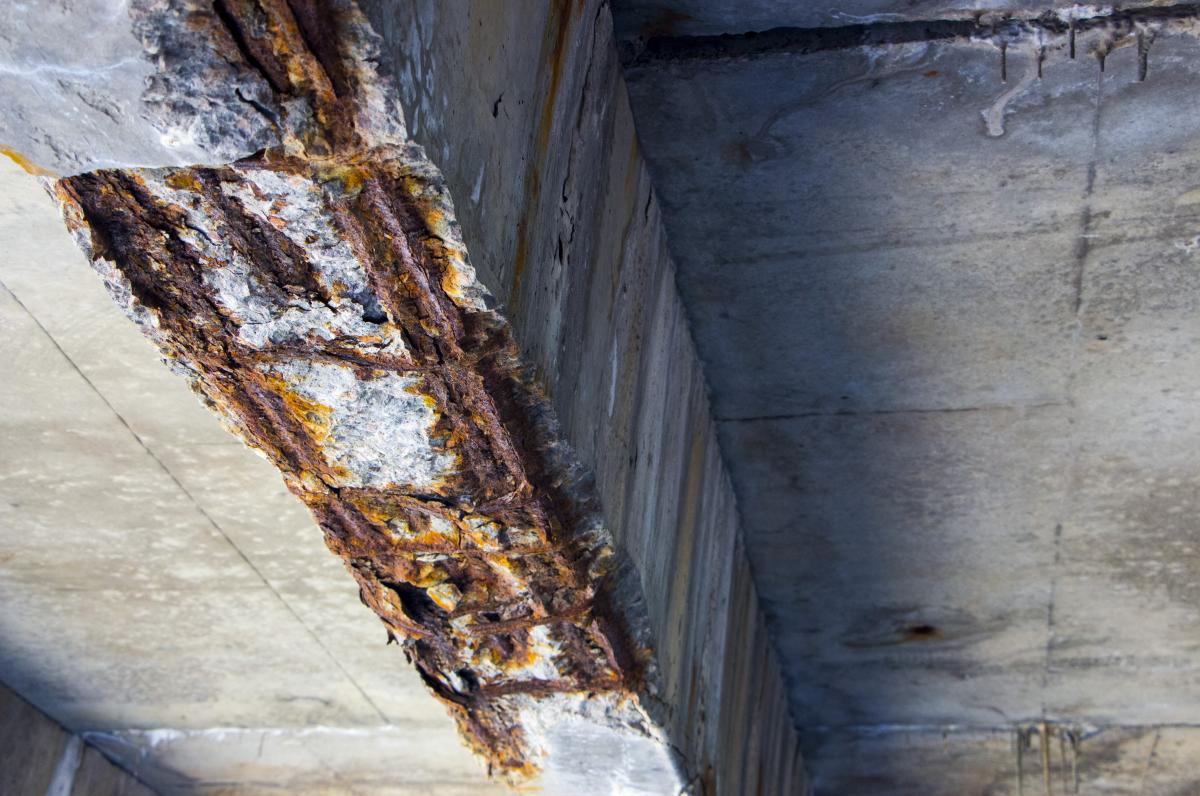Concrete Repair Colorado Springs require careful selection of the right concrete mix. Contractors should consider a material’s properties and characteristics, such as its dimensional stability (to resist drying shrinkage) or thermal coefficient.
Before starting any concrete repair, contractors should evaluate the extent of the damage and its causes. This may require destructive testing or nondestructive evaluation techniques like radar and impact echo.
Concrete cracks are a natural phenomenon that can have a negative impact on the strength, durability, and watertightness of a concrete structure. Cracks can be non-structural and unsightly, or they can affect the safety and integrity of a building and cause deterioration of other materials such as masonry. Concrete crack repair is a common repair activity, but proper technique is vital to ensuring long-lasting results.
Identifying the type of crack is a fundamental first step in any concrete repair job. There are many different types of cracks, and all have their own requirements for a successful repair. For example, dormant or dead cracks that are not expected to grow should be repaired with a filler material such as a concrete patch or epoxy. For active or dynamic cracks that are expected to expand and move, the repair should cater to the anticipated movement. This may involve V-cutting along the crack line, the use of expansion joints, or the sealing of the crack with an appropriate product.
Before beginning the concrete crack repair process, the surface to be worked on must be free of dirt, dust, loose debris, and oil. All of these contaminants will negatively impact the bonding of the repair material to the concrete surface and can lead to premature failure of the repair.
The surface should also be prepared by washing or scrubbing the area and flushing it with clean water to remove any residual contaminants. Preparation can be further enhanced with the use of a primer to help ensure that the concrete repair will adhere to the surface. It is also helpful to use a waterproofing system on concrete structures where moisture can be an issue.
Once the surface has been prepared, a crack filler can be applied to the existing concrete. There are a number of different options for this, including unmodified Portland cement mortar or grout, latex-modified Portland cement mortar or grout, and quick-setting nonshrink mortars. The best choice for a specific project will be based on availability, compatibility with the damaged concrete, and ease of application.
Filling Cracks
When cracks appear in concrete, they can indicate serious problems, such as the existence of underground plumbing or structural issues. It is important to fill these cracks to prevent water from seeping through and causing further deterioration. There are a variety of concrete patching products available for this purpose, including epoxy compounds and latex. Most of these products are sold at home improvement stores and are easy to use. However, some of them are not long-lasting and are likely to peel or flake away. For these reasons, professional contractors prefer to use a high-quality product such as Eurepoxy, which is designed to be long-lasting and durable.
Before applying any crack repair material, the surface should be cleaned thoroughly. Loose gravel and other debris in the cracks can keep the material from adhering. It is also important to clean out any water in the cracks. The contractor may need to use a power washer to remove any dirt and other materials from the area. This is especially important for concrete repair on patios, sidewalks, and driveways.
The contractor should choose a concrete crack repair material that is compatible with the damaged structure and is easy to apply. Some concrete patching products come ready to use, and others need to be mixed with water. Contractors should follow the instructions on the package to ensure that the repair material is properly mixed and placed in the crack.
In addition to being able to be applied to wet surfaces, the repair material should have good strength and permeability. This is important, as the cracks in the concrete will need to expand and contract with the movement of the surrounding concrete. This is why a low w/c ratio and a high percentage of coarse aggregate are required in the repair mix.
Once the concrete crack repair material is applied, it needs to be cured and dried. This can take a few hours or days, depending on the weather conditions. During this time, it is important to cover the area with plastic to protect it from rain or other precipitation. Once the repair is cured and dry, it can be painted or sealed to further protect it from the elements.
Sealing Cracks
If your concrete structure is damaged by cracks, a sealant can be used to stop further damage. This will also prevent water intrusion into the structure. Cracks can be sealed with latex or polyurethane sealants, either of which can be applied to dry concrete surfaces. Polyurethane sealants are typically more expensive, but they offer superior durability and flexibility for large cracks.
Before applying the crack sealant, it is important to clean out the cracks and remove any loose debris that may be in the cracks. Loose gravel in the cracks can keep the repair material from adhering, so it is necessary to chisel out the entire length of the crack and remove all the loose material.
You should also make sure the cracks are dry. Any moisture can cause the new concrete to fail. If the cracks are in an exposed location, it may be a good idea to waterproof the area by using a grouting system or external water diversion.
Once the cracks are free of dirt and gravel, it is a good idea to use a broom or vacuum to clean out the cracks. This will prepare the cracks to accept the concrete repair material and help ensure it adheres well. It is also a good idea to use a power sander to sand the crack edges smooth. This will help the repair adhere and look more professional.
When using a polyurethane-based product, it is a good idea to apply silica sand to the bottom of the crack before you begin to fill it with the repair material. This will help push the polyurethane into the crack and will also allow you to see any low spots that need additional sand or concrete repair.
Once you have the silica sand in place, you can begin to apply the concrete crack repair. Follow the manufacturer’s directions for the specific product that you are using. Once the concrete repair is dry, it is a good idea to use an acid-etch primer to protect the repaired area from oil and chemicals that could stain it in the future.
Repairing Delaminations
Concrete delamination is a serious structural problem that results in concrete slabs pulling away from their anchorage. It is most often caused by exposing concrete to high loads, which causes the surface layer to weaken and separate from the body of the concrete. It may also be caused by de-icing salts, which deteriorate the concrete surface, or if it is placed on a poor base. In some cases, a delamination may be repaired by grinding and patching the deficient concrete. A more permanent solution involves replacing the damaged area of the concrete with a new section.
Using the right repair material is the most important step to ensuring a successful concrete repair. Contractors should choose a product that is designed for the job and follow the manufacturer’s instructions carefully. It’s recommended to do a pull test or mockup on site to ensure that the repair will bond with the existing concrete. This involves gluing a metal dolly onto the surface of the repair and letting it cure. Then, an instrument is used to pull the dolly to determine the failure psi point of the repair. A higher psi indicates that the repair will hold up.
It’s also important to clean the concrete surface before beginning a concrete repair. A wire brush or broom will work well for this. Additionally, a pressure washer can be helpful to remove any dirt or debris that is stuck to the concrete.

